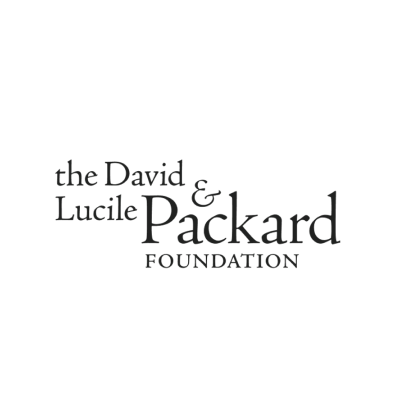Knitting is the process of making fabric through a series of interconnected loops of yarn using two or more needles. Just like weaving, it creates a two-dimensional fabric. The difference, however, is that threads run straight or parallel in woven cloth, whereas yarn follows a meandering path in knit fabric, making knit fabric more elastic and stretchy than woven fabric.
People have known how to make textiles similar to knitting since ancient times. However, we do not know when knitting was developed for certain. The main problem with dating the origin of any textile art is their fragility, since natural fibers decay and decompose easily.
The oldest existing knitted object is from Egypt, – these are socks from about the 11th century CE. Created using white and indigo cotton, its complexity in design suggests that knitting is older than the archeological record can prove. It is clear that, by then, the Egyptians had attained a high understanding of the craft and were producing elaborate and complex work.
A fragment of knitting, possibly remains of a sock, in blue and white cotton.
Victorian & Albert Museum, ca. 1100 – 1300 CE.
In the Middle Ages, knitted fabrics and clothes were produced by guilds, which operated across Europe. These guilds were composed of men who had refined this ancient craft and were producing exquisite fabrics from silk and cotton for the nobility of the day. The world of knitting eventually developed and expanded as a trade.
In 1589 the first knitting machine was invented. Later, with the improvement of steam-powered machines, knitting moved to factories to accommodate the larger devices. As all this was happening, hand knitting was declining as part of the industry, but it was getting quite well-liked as a hobby and as a form of art.
If you don’t have knitting needles on hand, but are eager to try knitting, we suggest starting with finger knitting. And no worries if you don’t have yarn, we will show you how to make plarn (PLAstic yARN) from plastic bags and packaging!
This finger knitted snake is a good project to start with.
Once you get beyond the initial learning curve, the repetitive action of knitting can induce a relaxed state like that associated with meditation and yoga!












